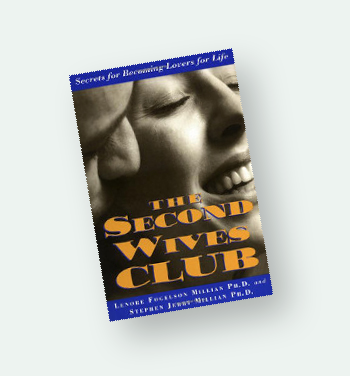Guide for Using the Relaxation Response
Four Basic Elements
- A quiet environment (to turn off external stimuli).
- A comfortable position (sitting or kneeling with back straight; no tight clothing).
- An object to dwell upon (repetition of a word or sound, such as ONE, a mental device such as attending to one's breathing.
- A PASSIVE attitude (Let It Happen – an emptying of thoughts and distractions).
Relaxation response is a form of meditation: a state of concentration (by focusing on an object one cancels out all distractions associated with everyday life).
Relaxation response is NOT:
a loss of control
a loss of consciousness
a state of sleep
a state of drowsiness
Use once or twice a day 15-20 min. With regular practice of the relaxation response, the following results are possible for many.
During Meditation
- A decrease in the rate of metabolism—hypometabolism, a restful state with decrease in heart and respiratory rate.
- A marked decrease in the body's oxygen consumption.
- A decrease in blood pressure.
- A decrease in muscle tension.
Carry-Over from Meditation
Research continues to support the regular meditators' claims of lasting psycho-physiological changes such as:
- Lower arousal response to stress – less anxiety.
- Better coping ability.
- A new found acceptance of self, more tolerant of own weakness or limitations.
- Improved learning ability with better retention and recall.
- A sense of calm, of being collected, a more quiet philosophical attitude.
Consult sources below for underlying theory of relaxation response and further comprehension of the subject.
Sources: Benson, H. The Relaxation Response (New York: William Morrow 1976). Carrington, P. Freedom in Meditation (New York: Anchor Press Doubleday 1977).

